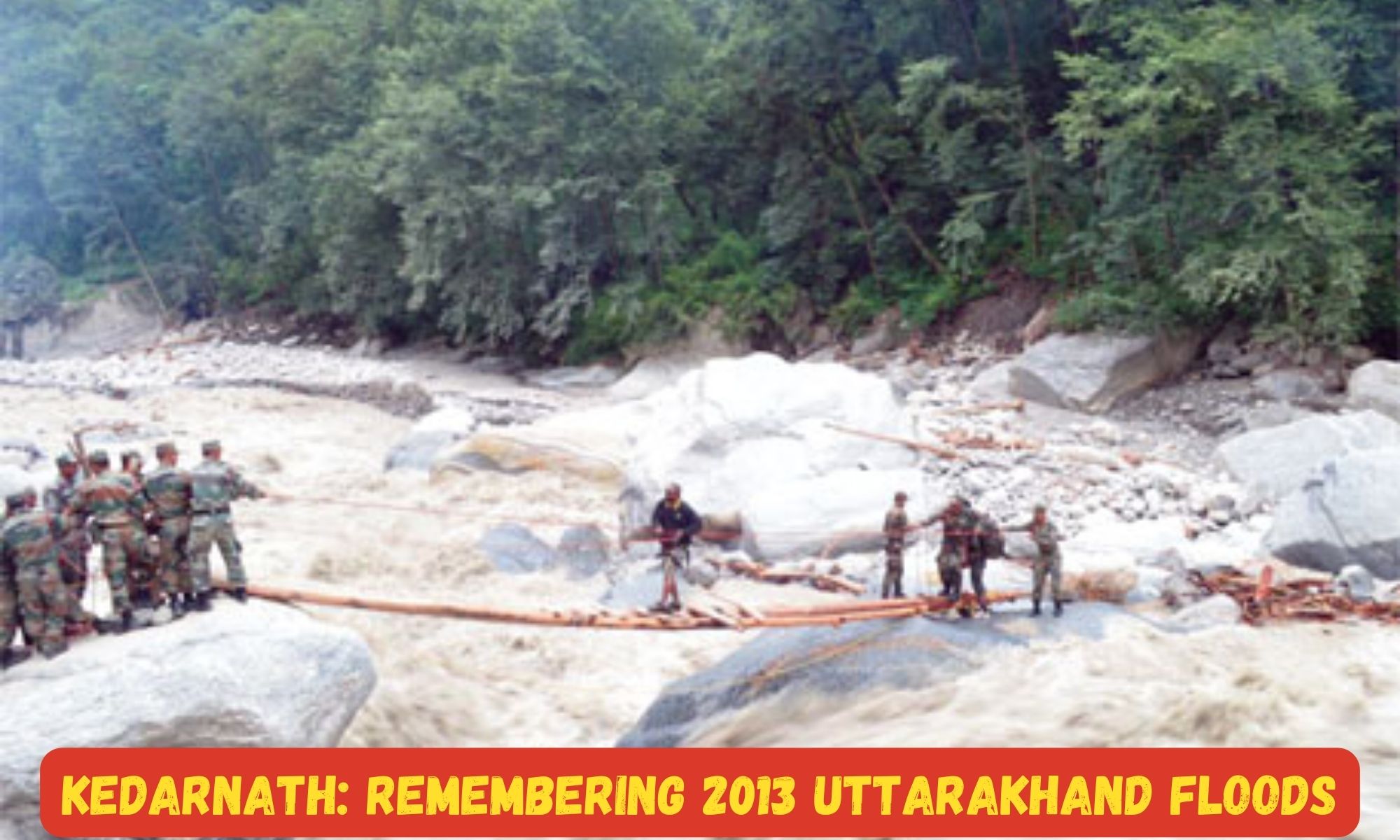Remembering 2013 Uttarakhand Floods
In the early hours of June 17, 2013, an overwhelming flood caused by the Chorabari lake‘s overflowing banks in Uttarakhand devastated everything in its path, including people’s lives and houses. Five years later, filmmaker Abhishek Kapoor has created a movie entitled Kedarnath, featuring actors Sushant Singh Rajput and Sara Ali Khan, which tells the tale of the catastrophic flood that left Uttarakhand in ruins.
Buy Prime Test Series for all Banking, SSC, Insurance & other exams
Remembering 2013 Uttarakhand Floods: Key Points
- The film is a romantic drama set against the backdrop of the 2013 floods and focuses on a wealthy Hindu girl who is visiting the Kedarnath temple on pilgrimage and her Muslim guide.
- The movie has faced criticism for depicting an inter-faith love story.
- As it prepares to debut on December 7, we look back at the tragic event that devastated the hilly state, causing the deaths of thousands and leaving many others unaccounted for.
Kedarnath Floods: What occurred exactly?
From the 13th to 17th of June, a large amount of rainfall was experienced in Uttarakhand, resulting in the melting of the Chorabari glacier and the eruption of the Mandakini river. This led to severe flooding and landslides in Uttarakhand, Himachal Pradesh, and Western Nepal, causing loss of life and damage to property.
The Kedarnath valley suffered the most, and the floods resulted in over 5000 deaths. The region is known for its religious sites, attracting a significant number of tourists. Despite the area’s susceptibility to natural disasters, approximately 25 million tourists visited in 2011. The cause of the 2013 flood was deemed partly man-made by environmentalists due to unplanned construction, mismanaged tourism, mining, and road building in the fragile ecosystem.
How was the relief work conducted?
The relief work was carried out collaboratively by several entities, including the army, airforce, navy, ITBP, Border Security Force, NDRF, Public Works Department, and local authorities. The army deployed thousands of personnel, while the airforce brought in over 45 aircraft for the rescue operation.
Even before the army or airforce arrived, the ITBP began rescuing people from remote, mountainous areas. The rescue operation was risky due to unpredictable weather, terrain, and road accessibility. The disaster impacted tourism, resulting in the cancellation of a major festival and limited access for pilgrims. However, despite the damage, the Shiva temple in Kedarnath, built in the 8th century AD, remained untouched and restored the faith of pilgrims.
Find More Miscellaneous News Here



 Weekly One Liners 15th to 21st of Decemb...
Weekly One Liners 15th to 21st of Decemb...
 World Basketball Day 2025 Celebrates Bas...
World Basketball Day 2025 Celebrates Bas...
 UN Celebrates Second World Meditation Da...
UN Celebrates Second World Meditation Da...







